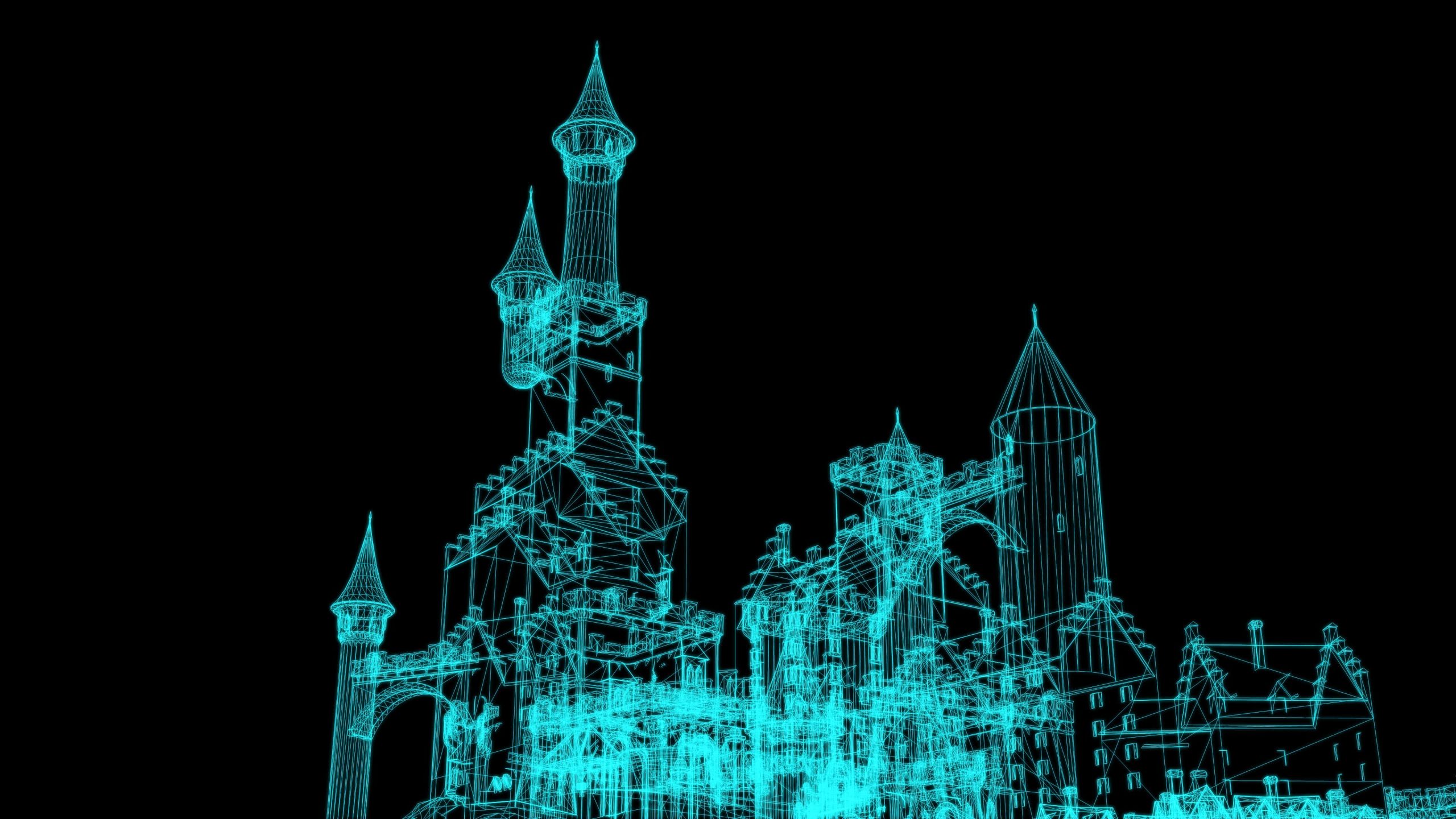
Cultural heritage is a mosaic that reflects the history, values and identity of a society. However, with the corrosive effects of time and external factors, it is becoming increasingly difficult to protect these valuable works. The digitalization process offers new and revolutionary ways to preserve, archive and transmit these works to future generations. This blog will examine in more detail how historical artifacts and cultural heritage can be preserved in the digital world.
The Role and Techniques of Digitalization
3D Scanning and Modeling
3D scanning technology offers the opportunity to digitalize historical structures, artifacts and archaeological sites with millimetric precision. Laser scanning, photogrammetry and 3D modeling techniques create three-dimensional digital copies of works, protecting them from all kinds of physical damage. In this way, the current state of the works becomes a real-time capsule for future generations.
Virtual and Augmented Reality
Virtual reality (VR) and augmented reality (AR) eliminate the boundaries of time and space while offering users the opportunity to explore historical sites and artifacts. For example, a user can take a virtual tour of Ancient Rome from their own home or access enriched information about artifacts through a museum’s AR application. These technologies have also become valuable tools for education and cultural awareness.
Digital Archiving
Digital archives ensure the preservation of cultural documents, works and even languages in a digital environment. These archives provide access to researchers, students and the general public around the world, enabling cultural heritage to reach a wider audience. Additionally, digital archives create a layer of protection against physical damage.
Advantages of Digitalization of Cultural Heritage
Accessibility and Education
Digital technologies make cultural heritage accessible to a wider audience. Especially works that are remote or difficult to access are opened to everyone’s discovery through digital platforms. This encourages the use of cultural heritage as educational material and increases cultural awareness.
Conservation and Restoration
Digital technologies play a critical role in the preservation of historical monuments and restoration projects. 3D models enable comparison of before and after restoration situations and help plan restoration processes and increase their accuracy.
Sustainability
Physical preservation and restoration efforts can become costly and resource-intensive over time. Digitalization ensures the sustainable preservation of cultural heritage and allows more effective use of resources.
Digitalization of cultural heritage offers a revolutionary transformation in the preservation, archiving and transfer of historical artifacts to future generations. This process ensures that cultural heritage is preserved not only physically but also at the level of information and meaning. With the opportunities offered by digital technologies, cultural heritage turns into a global treasure and becomes accessible and meaningful for all humanity. These developments set new standards in the preservation and transmission of cultural heritage, allowing future generations to discover and be inspired by this valuable heritage.
